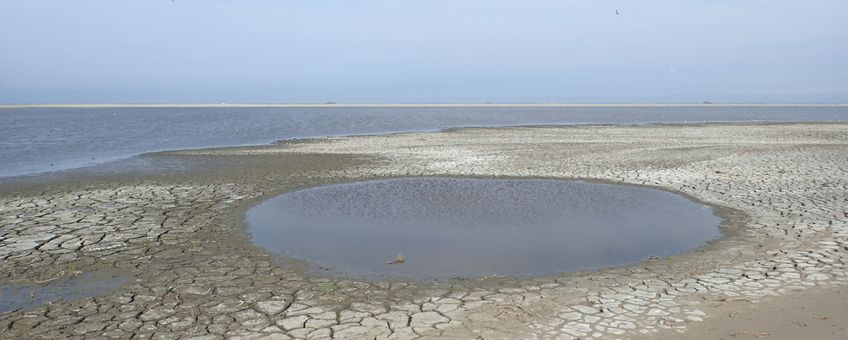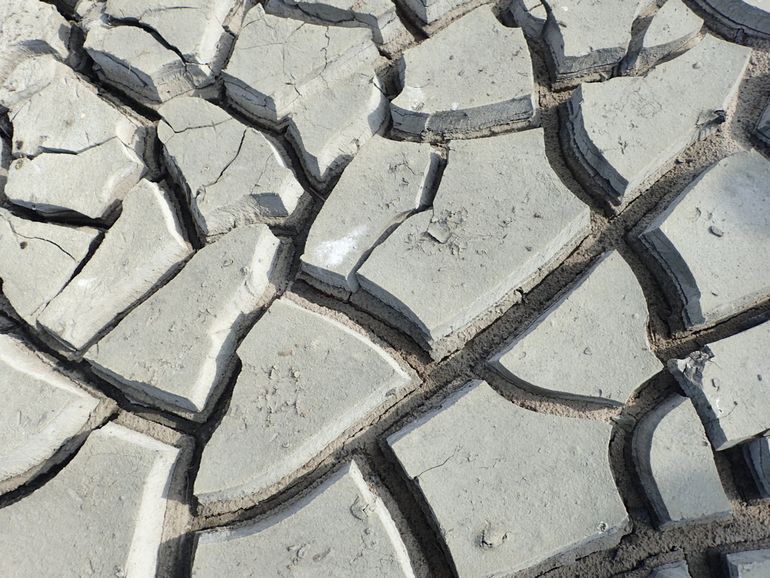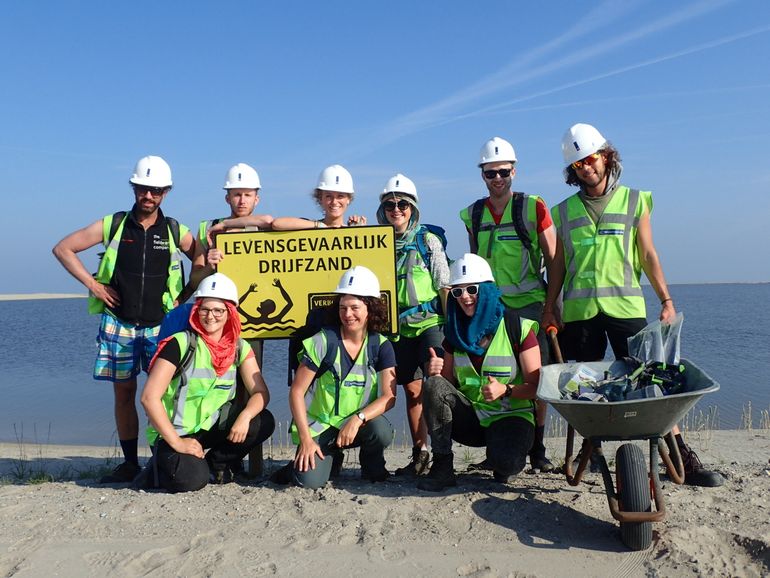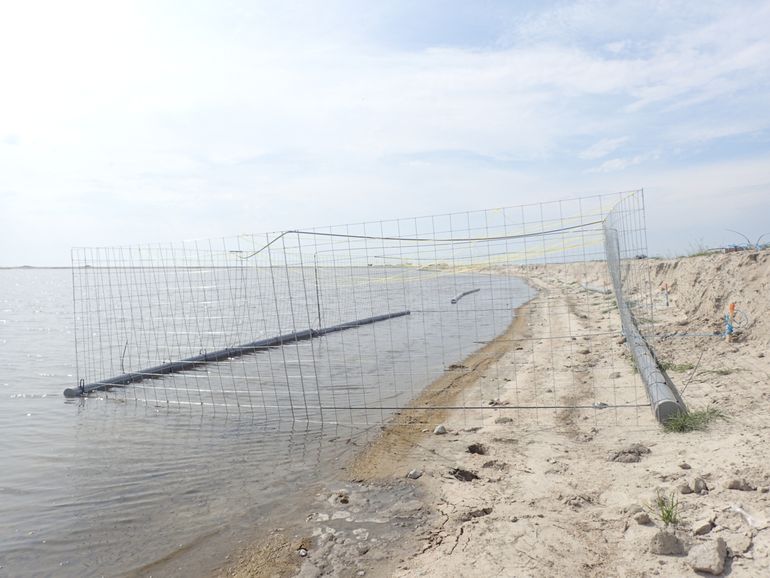
Marker Wadden: putting theory to the test
Netherlands Institute of Ecology (NIOO-KNAW)The idea for the project originated with the Dutch Society for the Preservation of Nature, out of concern over the poor quality of nature in the Markermeer. Simply put, the lake is little more than a big tank of mostly turbid water. Underwater and waterside plants, fish and water birds are all scarce: a situation that's far from ideal.
The construction of islands should create sheltered zones, where silt can settle and waterplants grow. Along the wide shore zones, reed marshes can develop. These plants provide structure - both underwater and above the water - and offer food and shelter to small water animals, insects, fish and birds.
Theory versus practice
At least, that's what the theory suggests. As the saying goes, the proof of the pudding is in the eating. And so far there have been few similar projects, where an entire ecosystem is being built from scratch. Another first is the use of silt as a construction material. So there's plenty to learn from the project for both engineers and researchers - and no doubt there will be some surprises along the way.
A research team from Radboud University, the University of Groningen and the Netherlands Institute of Ecology (NIOO-KNAW) is following the way nature develops on the islands step by step. It's "a valuable practical test of our theoretical knowledge", says team leader Liesbeth Bakker (NIOO-KNAW):
"Will greater diversity in terms of underwater and waterside plants create a richer food web that benefits birds and fish? Do we know what the best starting conditions are for creating such a rich food web? Is it a process we can control? These are all exciting questions, in both scientific and practical terms."
Bird paradise
In its first year, the project has been off to a flying start. The basins on the first of the islands to emerge from the water soon filled up with small water creatures, attracting large numbers of water bids. The island has become a nesting ground for common terns and black-headed gulls - a veritable bird paradise.
All those birds - ducks and waders as well as terns and gulls - will in their turn have a major effect on the further development of nature. They're bringing in nutrients from elsewhere, building up a rich mixture, and they're also bringing in seeds. Seeds - disseminated by birds, wind or water - are vital for a project that has started without any plants or vegetation whatsoever.
Earlier this summer, large numbers of seeds of claspingleaf pondweed washed up on the island's beaches. It's a plant that will grow underwater in sheltered zones. And when the first reed marshes drain, waterside plants will grow there, which are grazed by birds such as greylag geese.
"We're currently building exclosures to see how vegetation will develop with and without the geese", says Bakker. "We're also comparing the way vegetation develops when we bring in the species we want and the way it develops when we do nothing and let it grow spontaneously."
Royal visit
These experiments are still very much work in progress, as is the project overall. But that didn't stop Dutch King Willem-Alexander from paying a working visit to the Marker Wadden just before the summer. One of the topics on the visit's agenda was the plan to turn the archipelago into a paradise for birds.
"I enjoyed explaining to the king what contribution we as scientists believe the Marker Wadden can make to more varied aquatic and bird life", says Liesbeth Bakker. "I also like the fact that he was there to inspect a new part of his kingdom as it were. It brings home the fact that we really have something unique here: a brand new piece of Netherlands!"
Text and photos: Liesbeth Bakker, NIOO-KNAW



